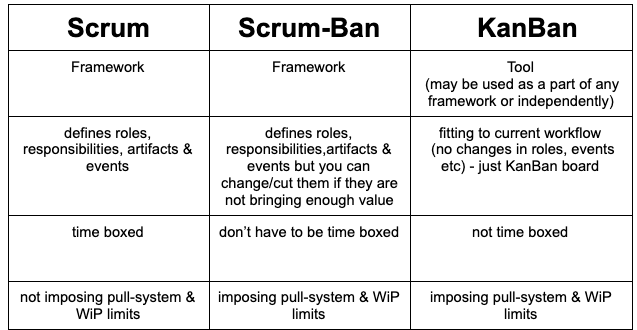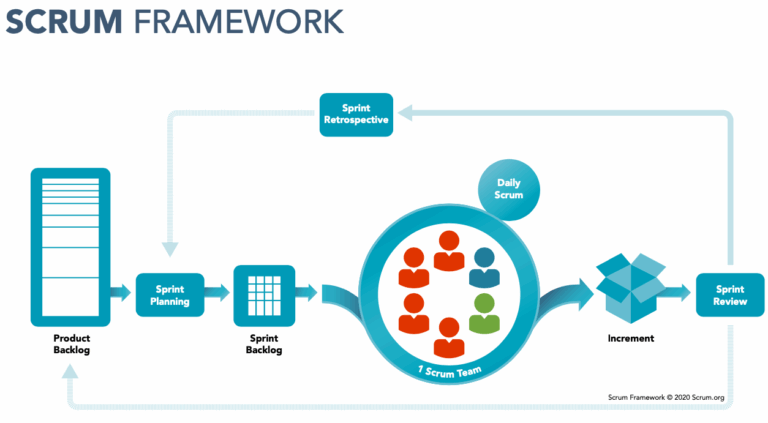A domain extension is an entry that comes at the end of a web address. It is meant to specify a category of the internet or a code of a country. As of 2025, there are nearly 1600 domain extensions (also known as top-level domains or TLDs) available, listed in the Internet Assigned Numbers Authority (IANA) database.
The common examples of extensions that are recognizable are .us, .uk, .ke and, .de, .com, .org, .biz, etc. Dot-COM is the leading unrestricted extension and is mostly favored by companies and organizations. Some domain extensions are designed purposely for certain websites. For instance, they are designed as per industry. So, .travel is meant for the travel industry and .org is meant for organizations. The country extensions are also available for specific countries. They can only be utilized for websites of the same countries. You could probably ask yourself why there are so many domains. They are designated for certain purposes. Some of the domain functions include the following:
- branding purposes
- showing where a website belongs in terms of a country
- serves a specific society and community such as the .asia.
From an infrastructure perspective, TLDs are essentially pointers to specific DNS (Domain Name System) servers that resolve the domain name to its corresponding IP address (the Domain Name System is like a phonebook for the internet). When you type in a URL with a given extension, your device consults public or private-name servers to find out where on the Internet it can locate the associated resources. The DNS resolution process involves recursive queries and caching mechanisms that ensure fast domain lookups.
Domain extensions are playing an essential role in our online presence. From a branding perspective, having the right TLD can significantly impact how customers perceive your company’s legitimacy (a .com address is often considered more professional than others). Country-code TLDs (.us for us-based businesses) offer another layer of relevance and trustworthiness with local audiences. Moreover, industry-specific extensions (like .travel or .edu) could be valuable if we’re targeting a particular niche market.
From an operational standpoint, having multiple domain names registered can also provide flexibility in our digital strategy (for instance, redirecting traffic from one URL to another for maintenance purposes). However, it’s crucial that these domains are properly managed and kept secure against cyber threats like DNS hijacking or pharming attacks.
What URL consists of?
A Uniform Resource Locator (URL) is essentially a string of characters that acts as an address for a resource on the internet [a URI that identifies its location and retrieval method]. It’s typically divided into several components: scheme, authority, path, query, and fragment. The scheme specifies the protocol used to access the resource (e.g., http or https), while the authority details the domain name and optional subdomain(s). The path segment further refines the resource’s address within that domain (often relative to a base URL). Finally, the query string allows for the passing of key-value pairs as parameters, whereas the fragment identifier targets a specific part of the content. By understanding these URL components, backend developers can parse and manipulate URLs programmatically, enabling sophisticated routing, redirects, and resource management in web applications.
![]()
From an SEO standpoint, well-structured URLs can improve search engine rankings by providing clear, descriptive, and hierarchical information about your resources (search engines like Google parse URL components to understand content topic and relevance). This is particularly important for SMEs, as they often compete with larger organizations for visibility in organic search results. Moreover, a clean and organized URL architecture makes it easier for customers to navigate your website and find the specific pages or products they’re looking for, thus driving conversions and customer satisfaction.
Understanding how TLDs work is crucial for handling URLs in web applications. Many programming languages provide libraries and APIs to manipulate domains and extensions. For instance, when generating absolute links on your website, you’ll need to append the TLDs correctly based on where your content is hosted (this can involve handling subdomains as well). Properly managing URLs with various domain extensions becomes especially important for applications that handle internationalization or require customizations per country.
What are gTLD extensions?
The meaning of gTLD is Generic Top Level Domains. Top-level refers to what is on the right side of the dot, or after the dot, for instance, dot com. The old TLDs are the original extension domains. The rest that came after are the generic ones. As the internet grows, the extensions on TLDs have advanced, and several GTLDs have come up for use up to date. The GTLDs provide a wider scope for businesses and individuals’ visibility due to the crowded old TLD hence the availability of the extension. Verifiably, the generic top-level domain extensions included those made in the early improvement of the technology that is currently supported by assigned offices or associations and is confined to explicit kinds of registrants. Accordingly, domain extensions such as .edu, .gov, etc are currently viewed as supported top-level domains, much like the themed top-level domains. The whole gathering of spaces that don’t have a geographic or national assignment is still regularly alluded to by the term generic TLDs.
When Should a Business Choose gTLD Domain?
In today’s commercial world, gTLDs are becoming important as the day goes. They are an initiative of the (ICANN). It was aimed at expanding the domain name systems to enhance competition, consumer services, satisfaction, and business growth. When a business wants to provide website clarity to its clients and the public, it must use the gTLD domain. For users, it provides instant knowledge of what a website is dealing with and at the same time helps them make decisions. With the new gTLD, it is easier to understand the perspective of the audience or clients. GTLD improves the search engine ranking of a site, that’s because a site that uses gTLD tends to raise attention and curiosity among online visitors hence increasing relevance and traffic. As mentioned, branding can only be practical when there is more recognition done to a product or service. That’s why gTLD is so important in the brand stabilization of a site when online.
Having a unique gTLD can have a profound effect on your online presence. For example, if you’re in the education sector, having a .edu domain can lend more authority and credibility to your institution. On the other hand, a branded gTLD like .store for an e-commerce site or .health for a medical practice can make it easier for customers to remember and find your online presence. y carefully selecting the right gTLD, you can enhance your brand’s visibility, authority, and ultimately drive more traffic to your website or applications.
What are regional domain extensions?
Regional domain extensions are the extensions that are only restricted to a particular region, this means that if one is going to use them for any purpose they ought to be from a particular region. They are ideal for businesses that deal only with a particular segment of the market. Therefore a regional domain extension is an extension that is limited to a particular region within a given area. Regional extensions are important since users will be able to know where the organization is operated from and in the end, gain trust and confidence from visitors. In other words, some clients want to deal with local organizations hence the advantage of a regional domain extension.
For instance, .us is reserved for United States-based organizations while .uk targets entities in the United Kingdom. When a user types such an address into their browser’s URL bar or follows a link to one of these regionalized sites, the Domain Name System (DNS) directs them to servers within that region (if application is written in a way that allows to handle multiple regional domains). This geo-targeting allows website owners to better cater to local audiences by serving content relevant to those areas and adheres to country-specific regulations. From an infrastructure perspective, registrars handle domain name registration for these extensions, often with additional requirements such as verifications of the owner’s physical address or business incorporation within that region.
When should a business choose a regional domain?
Regional domain name extensions have their purpose, especially for business organizations. They usually go for a regional extension for marketing and increase sales and visibility in a given region. On the other hand, regional domain extensions are greater for marketing and an increase in the client base. A business domain extension is branding in some way because it will keep a business in the global arena and make it known to many. For instance, .com which stands for commercial is a generic top-level domain. It is the most common extension that is used globally and preferred by most organizations, while .net is preferred for most online operations. On the other hand, your domain extension plays an important role in your recognition online. If your objective is to create a really strong brand and stand out in the market, an extension is the best consideration in this case.
Regional domains are critical assets for small businesses operating in specific markets. For example, having an extension like .ca can establish instant credibility among Canadian customers while differentiating from international competitors. By using these extensions, organizations can tap into local SEO benefits as search engines favor websites with country-code TLDs when users perform regional-specific searches. Moreover, regionally-targeted domains often come with legal and regulatory advantages. For instance, .eu is reserved for the European Union’s single market, allowing businesses to operate under EU laws and regulations within that domain space alone. This targeted approach can simplify compliance while providing a competitive edge in those markets.
How Many Domain Extensions Does Sailing Byte Provide?
Several companies and organizations provide domain extensions. The challenge is to choose the best one with the most competitive price. The same companies may offer the same products but the difference comes when it comes to their different terms. The terms are mostly based on affordability, maintenance, and the version of service offered. A business must make sure that before you engage the services of a given organization in terms of domain extensions, you should understand how they execute their services and what they offer. It is important to make it unique from the rest.
Summary
Having a domain name extension is one of the crucial parts of maintaining your presence online. Extensions play a critical role in business development and expansion. On the other hand, you should be able to select the best extension from the many that are around the web. The most important consideration is to choose the best organization that will make your dream practical and help you move from one level to another. Getting the portfolio of an organization like Sailing Byte before engaging them is a great step. It will make you consider many factors when choosing domain extensions.




